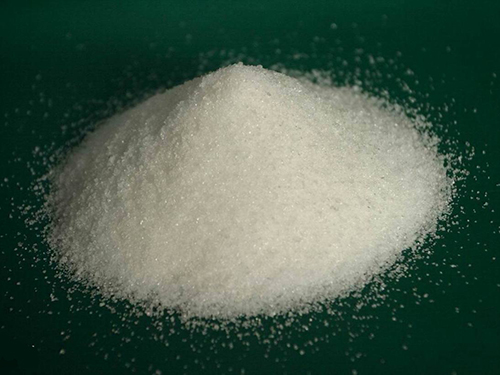Cationic Polyacrylamide Pricing Trends and Market Insights for 2023
The Price Trends and Market Dynamics of Cationic Polyacrylamide
Cationic polyacrylamide, commonly referred to as CPAM, is a crucial chemical used in various industries, particularly in water treatment, papermaking, and oil recovery. As a water-soluble polymer, CPAM plays an essential role in enhancing flocculation and sedimentation processes, making it invaluable for improving water clarity and facilitating the removal of contaminants. Understanding the pricing trends and market dynamics of cationic polyacrylamide can provide insights into its accessibility and the factors affecting its cost.
Current Price Trends
As of late 2023, the price of cationic polyacrylamide has exhibited a range of fluctuations influenced by multiple factors, including raw material costs, production processes, and end-user demand. The average price for cationic polyacrylamide typically ranges from $2,000 to $5,000 per ton, depending on its grade and application. The pricing can vary substantially based on the concentration of the polymer, its molecular weight, and the specific formulation designed for tailored applications.
The global market has seen a shift toward more sustainable practices, prompting manufacturers to innovate in production methods to reduce costs and environmental impact. This trend is gaining momentum, particularly in regions emphasizing sustainability and eco-friendliness in chemical manufacturing. As a result, prices may stabilize in the long term as these sustainable production methods come to fruition, although initial investments might lead to increased prices temporarily.
Influential Market Factors
1. Raw Material Availability The principal raw materials used in the production of cationic polyacrylamide are acrylamide and cationic monomers. Fluctuations in the prices of these raw materials, which are largely influenced by global oil prices and chemical feedstock availability, directly impact CPAM pricing. For instance, any disruption in the supply chain due to geopolitical tensions or natural disasters could lead to spikes in costs.
2. Demand from End-User Industries Cationic polyacrylamide is extensively used in industries such as water treatment, paper manufacturing, and mining. An increase in demand from these sectors, particularly in developing countries where industrialization is rapidly progressing, can exert upward pressure on prices. For example, the growing focus on wastewater treatment solutions in developing economies has been a significant driver of demand.
cationic polyacrylamide price

3. Regulatory Framework Environmental regulations surrounding the use of chemicals in manufacturing processes can also affect prices. Stricter regulations may require manufacturers to invest in cleaner alternatives or safer practices, which can increase production costs. Conversely, a more flexible regulatory environment could lead to lower operational costs and, subsequently, reduced prices for end products.
4. Market Competition The competitive landscape of the cationic polyacrylamide market is another factor influencing pricing. With a mix of well-established players and new entrants striving to capture market share, price competition can occur. However, this competition can also foster innovation and potentially lead to improved product quality and customer service, which may justify higher prices in some cases.
Future Outlook
Looking ahead, the cationic polyacrylamide market is expected to experience steady growth, with a compound annual growth rate (CAGR) projected at 5-7% over the next few years. This growth is largely attributed to increased investment in infrastructure and industrial development in emerging economies, along with heightened awareness of environmental issues.
Additionally, advancements in production technologies are likely to enhance operational efficiencies, potentially influencing price dynamics favorably. As manufacturers adapt to changing market demands and regulatory frameworks, they may be able to offer more competitive pricing while maintaining product quality.
Moreover, as the demand for environmentally friendly products increases, there is a possibility that innovative forms of CPAM that are biodegradable or derived from renewable resources may emerge, catering to market segments that prioritize sustainability. Such developments could reshape the pricing structure as consumers become willing to pay a premium for greener alternatives.
Conclusion
The price of cationic polyacrylamide remains dynamic, shaped by various factors including raw material costs, demand from key industries, regulatory influences, and competitive pressures. While current price ranges are subject to fluctuations, the overall market outlook suggests a trend towards growth and innovation. Stakeholders in the industry must stay informed about these dynamics to navigate the market effectively and capitalize on emerging opportunities.
-
Water Treatment with Flocculant Water TreatmentNewsJun.12,2025
-
Polymaleic AnhydrideNewsJun.12,2025
-
Polyaspartic AcidNewsJun.12,2025
-
Enhance Industrial Processes with IsothiazolinonesNewsJun.12,2025
-
Enhance Industrial Processes with PBTCA SolutionsNewsJun.12,2025
-
Dodecyldimethylbenzylammonium Chloride SolutionsNewsJun.12,2025





